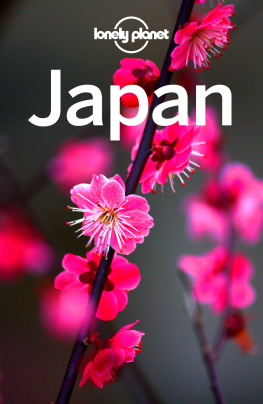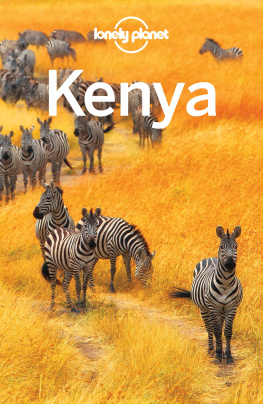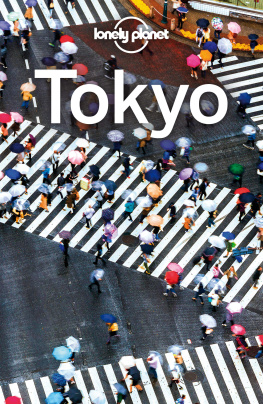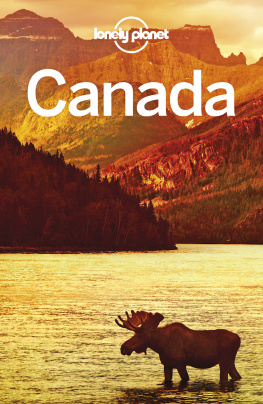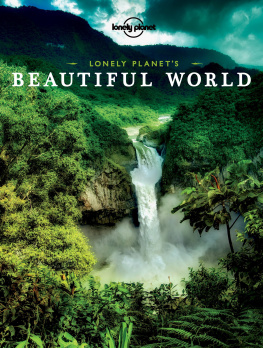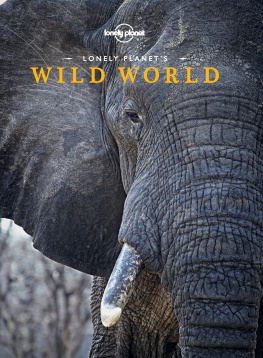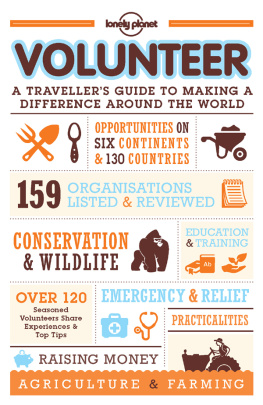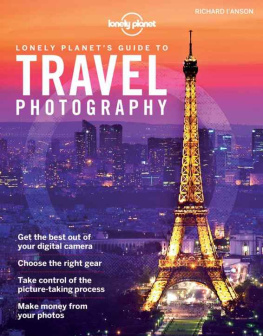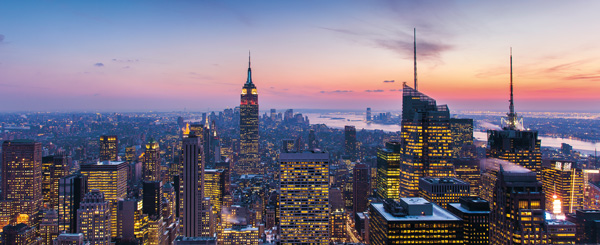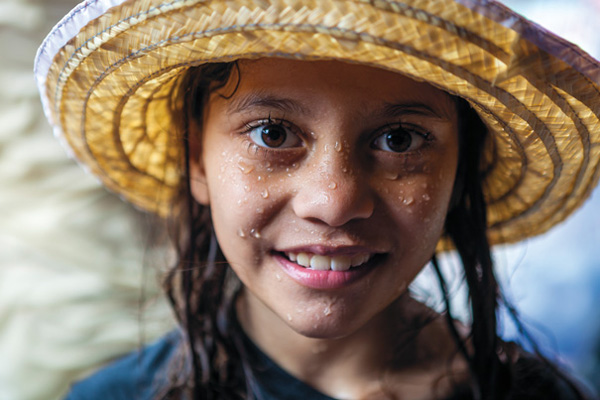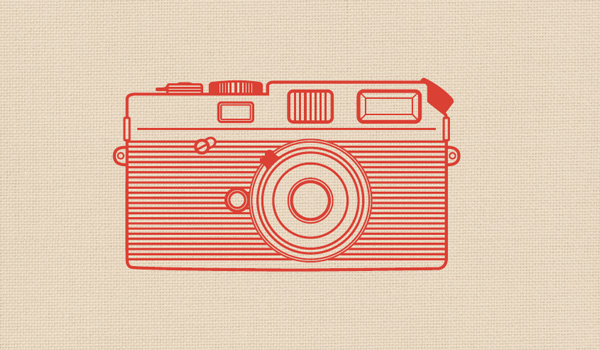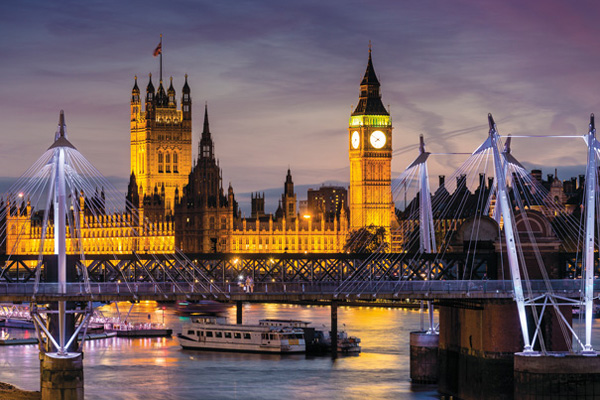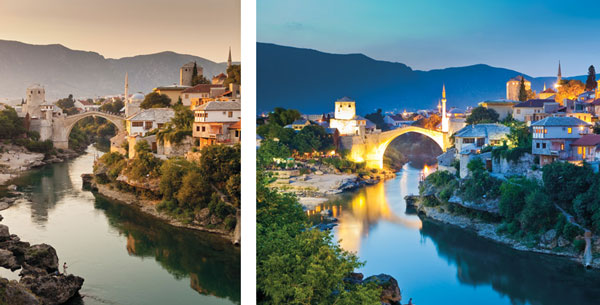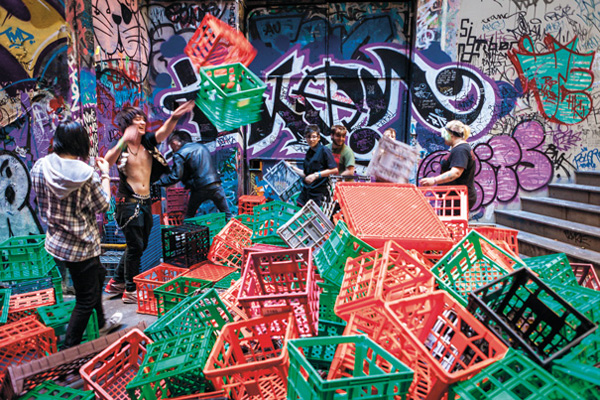Lonely Planet - Lonely Planet’s Best Ever Photography Tips
Here you can read online Lonely Planet - Lonely Planet’s Best Ever Photography Tips full text of the book (entire story) in english for free. Download pdf and epub, get meaning, cover and reviews about this ebook. year: 2013, publisher: Lonely Planet, genre: Home and family. Description of the work, (preface) as well as reviews are available. Best literature library LitArk.com created for fans of good reading and offers a wide selection of genres:
Romance novel
Science fiction
Adventure
Detective
Science
History
Home and family
Prose
Art
Politics
Computer
Non-fiction
Religion
Business
Children
Humor
Choose a favorite category and find really read worthwhile books. Enjoy immersion in the world of imagination, feel the emotions of the characters or learn something new for yourself, make an fascinating discovery.
- Book:Lonely Planet’s Best Ever Photography Tips
- Author:
- Publisher:Lonely Planet
- Genre:
- Year:2013
- Rating:5 / 5
- Favourites:Add to favourites
- Your mark:
Lonely Planet’s Best Ever Photography Tips: summary, description and annotation
We offer to read an annotation, description, summary or preface (depends on what the author of the book "Lonely Planet’s Best Ever Photography Tips" wrote himself). If you haven't found the necessary information about the book — write in the comments, we will try to find it.
Lonely Planet: The worlds leading travel guide publisher*
Whether youre wielding a phone or a full-size DSLR, Lonely Planets Best Ever Photography Tips will sharpen your skills and your pictures. Award-winning photographer Richard IAnson has travelled the world for 30 years and founded Lonely Planets image library. Follow his 55 essential steps to creating brilliant photographs worth sharing.
- How to shoot wildlife, nightlife, people, cities, landscapes and lunch
- How to compose, control and critique your photographs
- Plus Richard IAnsons 10 Golden Rules of travel photography
Author: Richard IAnson
About Lonely Planet: Started in 1973, Lonely Planet has become the worlds leading travel guide publisher with guidebooks to every destination on the planet, as well as an award-winning website, a suite of mobile and digital travel products, and a dedicated traveller community. Lonely Planets mission is to enable curious travellers to experience the world and to truly get to the heart of the places where they travel.
TripAdvisor Travellers Choice Awards 2012 and 2013 winner in Favorite Travel Guide category
Lonely Planet guides are, quite simply, like no other. - New York Times
Lonely Planet. Its on everyones bookshelves; its in every travellers hands. Its on mobile phones. Its on the Internet. Its everywhere, and its telling entire generations of people how to travel the world. - Fairfax Media (Australia)
*#1 in the world market share - source: Nielsen Bookscan. Australia, UK and USA. March 2012-January 2013
Lonely Planet: author's other books
Who wrote Lonely Planet’s Best Ever Photography Tips? Find out the surname, the name of the author of the book and a list of all author's works by series.


